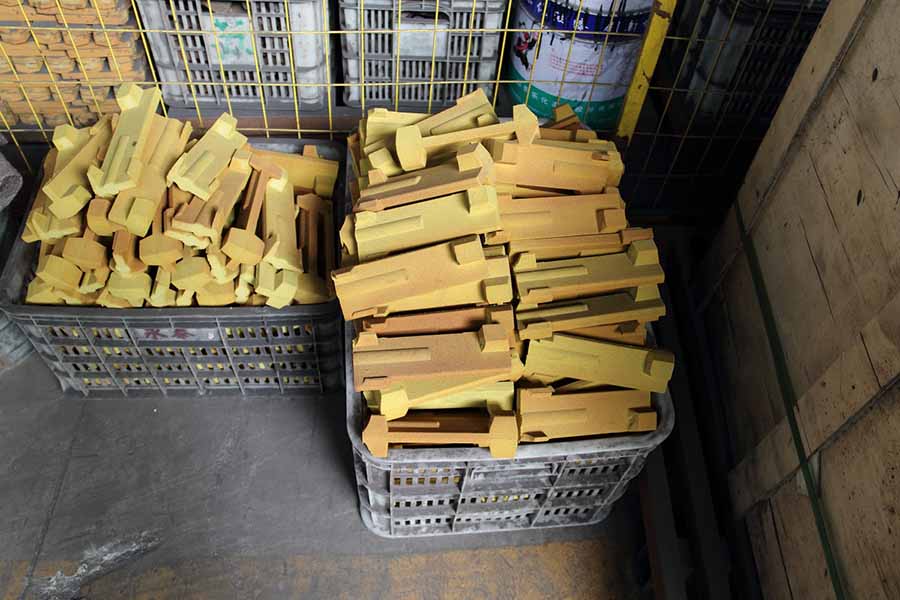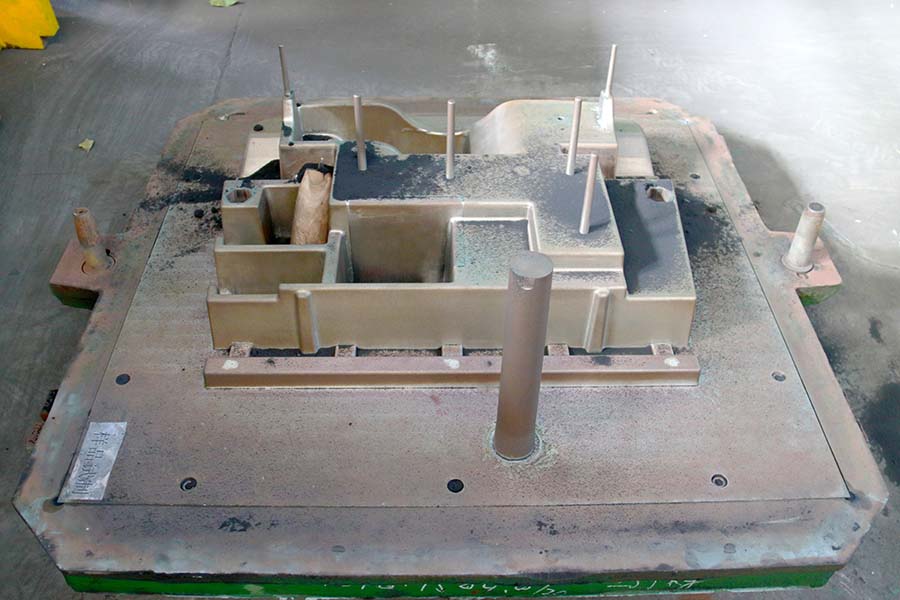
1. In the sand mixing process, in addition to adding a binder, a solidifying (hardening) agent that can harden the binder is also added.
2. After molding and core making with this kind of sand, no treatment (such as drying or blowing hardening gas) is used to harden the mold or core, and the mold or core can harden by itself.
From the late 1950s to the early 1960s, the real self-hardening method without oven was gradually developed, namely the acid-cured (catalyzed) furan resin or phenolic resin self-hardening method, and the self-hardening oil urethane method was developed in 1965. The phenolurethane self-hardening method was introduced in 1970, and the phenolic ester self-hardening method appeared in 1984. Therefore, the concept of "self-setting sand" is applicable to all chemically hardened molding sands, including self-setting oil sand, water glass sand, cement sand, aluminum phosphate bonded sand and resin sand.
As a self-hardening cold box binder sand, furan resin sand is the earliest and currently most widely used synthetic binder sand in Chiese foundry. The amount of resin added in molding sand is generally 0.7% to 1.0%, and the amount of added resin in core sand is generally 0.9% to 1.1%. The content of free aldehyde in furan resin is below 0.3%, and some factories have dropped to below 0.1%. In the foundries in China, the furan resin self-hardening sand has reached the international level regardless of the production process and the surface quality of the castings.
After mixing the original sand (or reclaimed sand), liquid resin and liquid catalyst evenly, and filling them into the core box (or sand box), and then tighten it to harden into a mold or mold in the core box (or sand box) at room temperature, the casting mould or casting core were formed, which is called self-hardening cold-core box modeling (core), or self-hardening method (core). The self-hardening method can be divided into acid-catalyzed furan resin and phenolic resin sand self-hardening method, urethane resin sand self-hardening method and phenolic monoester self-hardening method.
The basic characteristics of self-hardening molding casting process are:
1) Improve the dimensional accuracy of castings and the surface roughness.
2) The hardening of the mold (core) sand does not require drying, which can save energy, and inexpensive wood or plastic core boxes and templates can also be used.
3) Self-hardnening molding sand is easy to compact and collapse, easy to clean up castings, and old sand can be recycled and reused, which greatly reduces the labor intensity of core making, modeling, sand falling, cleaning and other links, and it is easy to realize mechanization or automation.
4) The mass fraction of resin in sand is only 0.8%~2.0%, and the comprehensive cost of raw materials is low.
Because the self-hardening method has many of the above-mentioned unique advantages, the self-hardening method is not only used for core making, but also used for casting moulding. It is especially suitable for single piece and small batch production, and can produce cast iron, cast steel and non-ferrous alloy castings. Some Chinese foundries have completely replaced clay dry sand molds, cement sand molds, and partially replaced water glass sand molds.

 русский
русский



